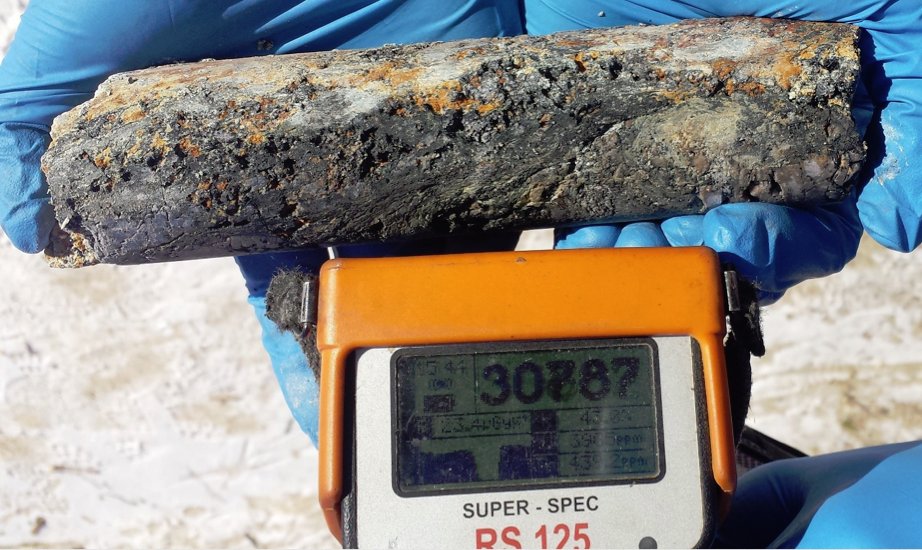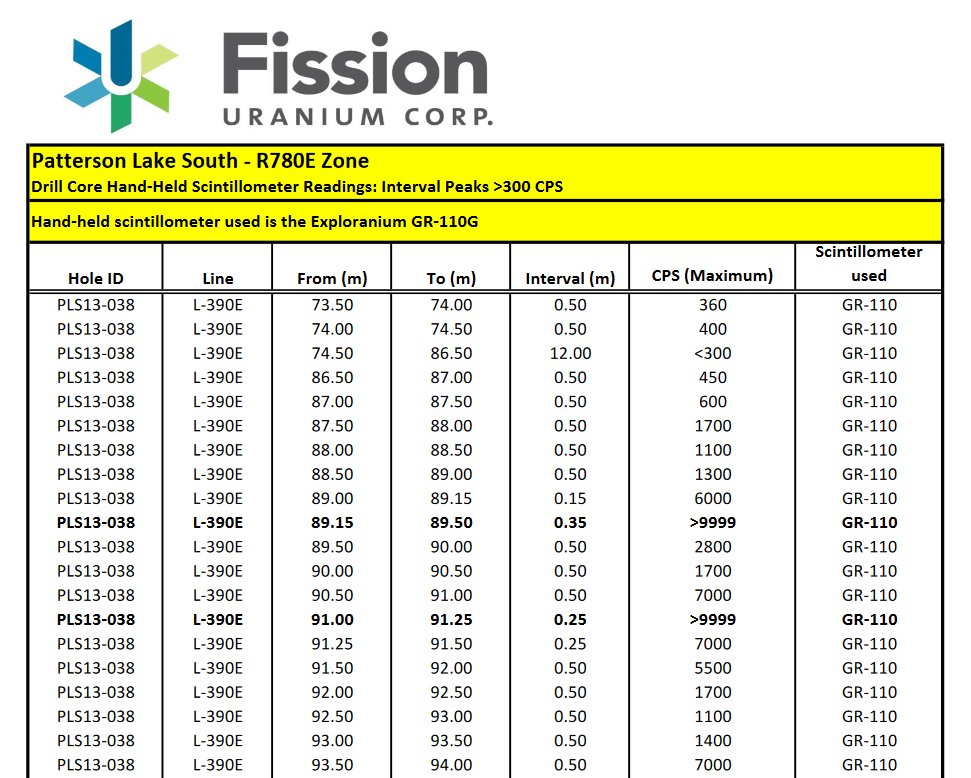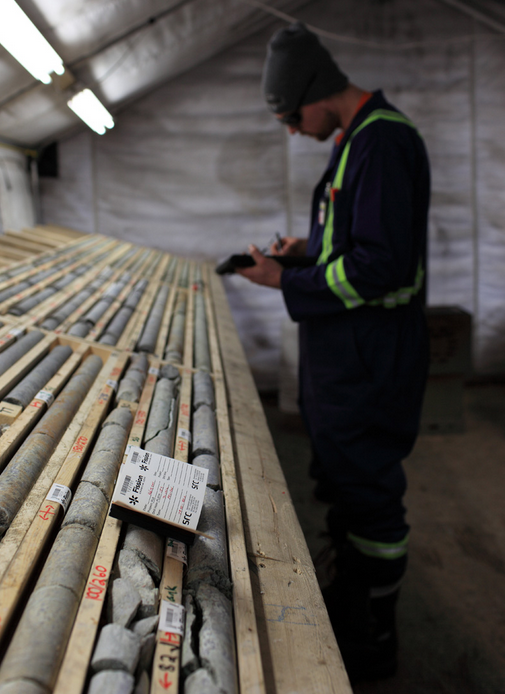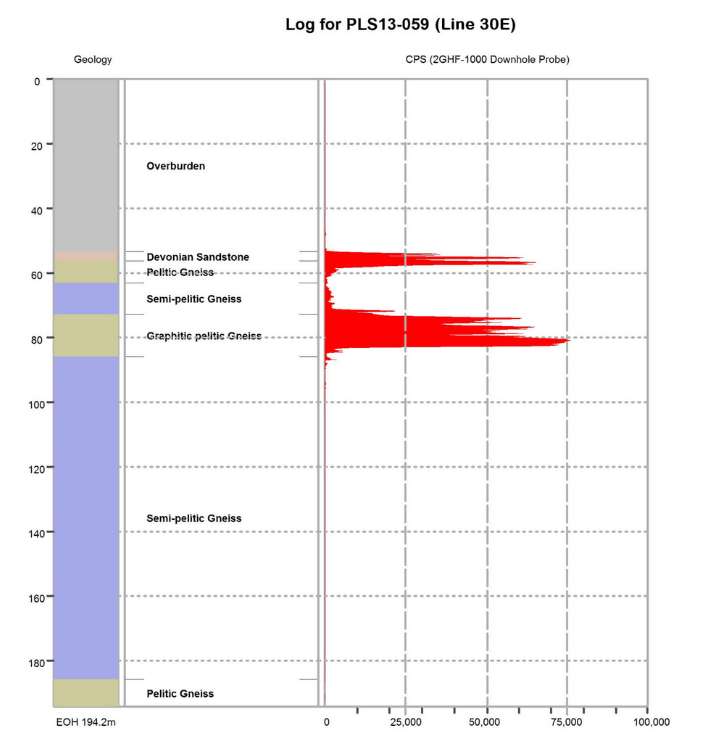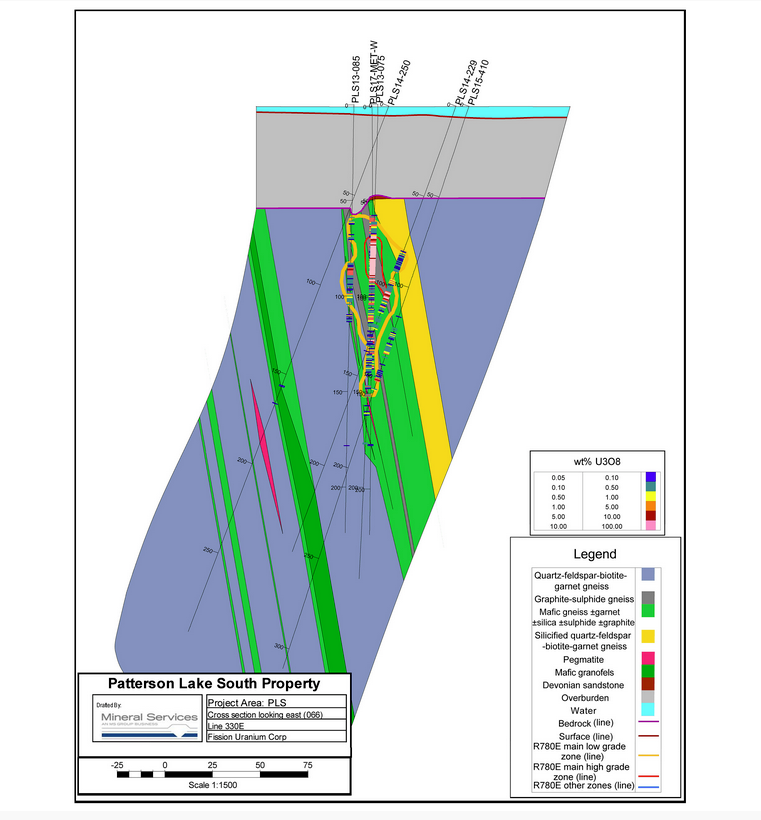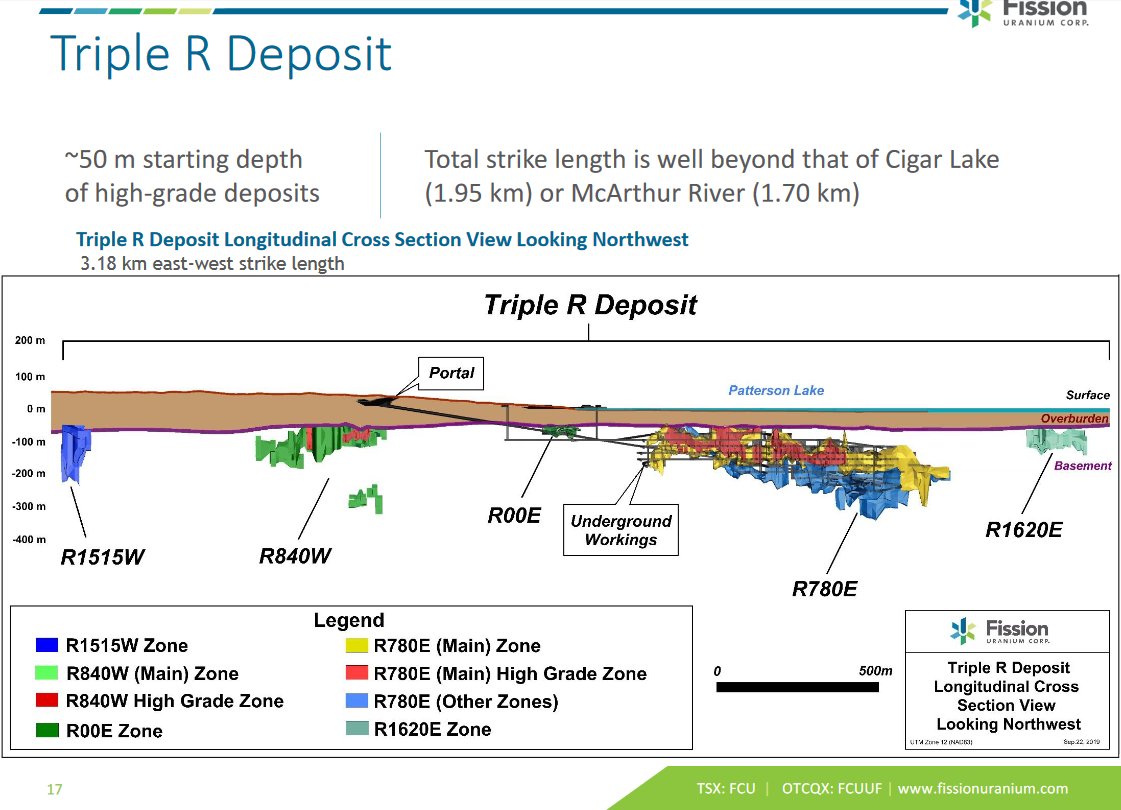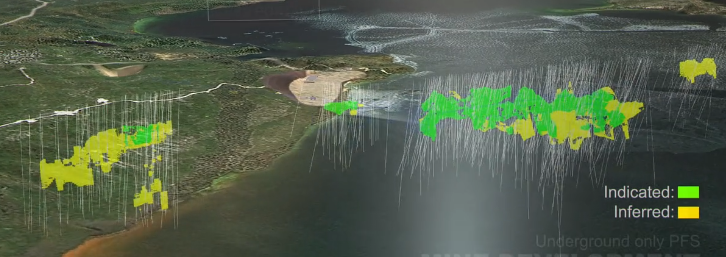1) With many #Uranium Explorers now actively drilling in #Canada's #AthabascaBasin, perhaps it's time for a thread on how to interpret drill data coming soon
for a thread on how to interpret drill data coming soon  in news releases.
in news releases. Misunderstanding data can lead to premature exit... selling
Misunderstanding data can lead to premature exit... selling when you shoulda been buying
when you shoulda been buying
 for a thread on how to interpret drill data coming soon
for a thread on how to interpret drill data coming soon  in news releases.
in news releases. Misunderstanding data can lead to premature exit... selling
Misunderstanding data can lead to premature exit... selling when you shoulda been buying
when you shoulda been buying
2) #Uranium explorers drill rock core samples looking for signs of #U3O8 bearing ore. Rarely do they ever hit high-grade on first few attempts.
Rarely do they ever hit high-grade on first few attempts. Geologists first look for visual signs in the core samples.. here's description from pre-discovery 2013 drilling at Arrow (Rook 1):
Geologists first look for visual signs in the core samples.. here's description from pre-discovery 2013 drilling at Arrow (Rook 1):
 Rarely do they ever hit high-grade on first few attempts.
Rarely do they ever hit high-grade on first few attempts. Geologists first look for visual signs in the core samples.. here's description from pre-discovery 2013 drilling at Arrow (Rook 1):
Geologists first look for visual signs in the core samples.. here's description from pre-discovery 2013 drilling at Arrow (Rook 1):
3) Visual inspection of core samples is just 1 of many steps taken to see if they found #uranium. Presence of radioactivity is best indicator so all cores are scanned with an instrument called a Hand-held Scintillometer to produce "Scint" CPS tables for cores from each hole.

4) After an exploration hole has been drilled & all core samples recovered, an instrument called a Downhole Gamma Probe is lowered to the bottom & recovered, constantly measuring #uranium radioactivity in a 360 degree sweep to produce a complete Gamma Log Profile for each hole.

5) Here's downhole Gamma Log Profile for Fission #Uranium $FCU's world-record drill hole PLS17-METC that contained a continuous 30-storey tall set of high-grade U core sections, 108m at Average Grade of 8.46% #U3O8. Best mineralized hole drilled worldwide for any mined metal. 

6) Boxes of #uranium cores are then shipped off to a lab where they are assayed to determine exact % Grade #U3O8 (& other minerals like #Gold) in 1/2 metre intervals. This leads to a month or 2 of waiting by investors to see actual grades. Tables are then published for each hole.
7) Other data often provided includes Maps & overlays of surface and airborne survey data, or perhaps most valuable are Cross Section Views that show angles of drill holes along a survey line & geologic interpretation around the #uranium bearing ore, used to build 3D models.


 Read on Twitter
Read on Twitter



